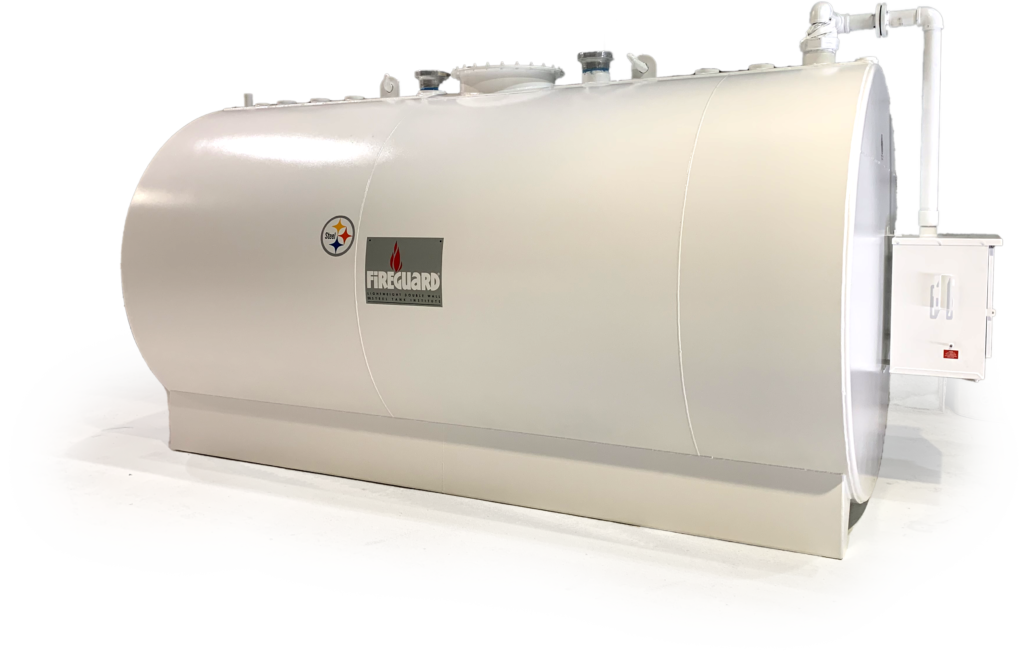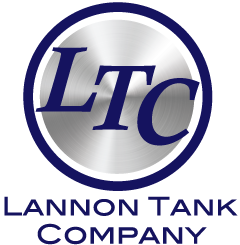FIREGUARD® features:
- lnsulates product in the tank from ambient temperature variations, reducing emissions to the environment
- The primary and secondary tanks can be tightness tested on-site with standard testing procedures, unlike other designs
- Steel outer wall provides low-cost maintenance and protection from weathering.
- Primary storage tank and secondary containment compatible with a wide range of fuels and chemicals, including biodiesel and ethanol.
- Support designs available for all seismic requirements
- lnterstitial space can be monitored for leak detection.
- Meets temperature requirements when the furnace test was extended to 4 hours
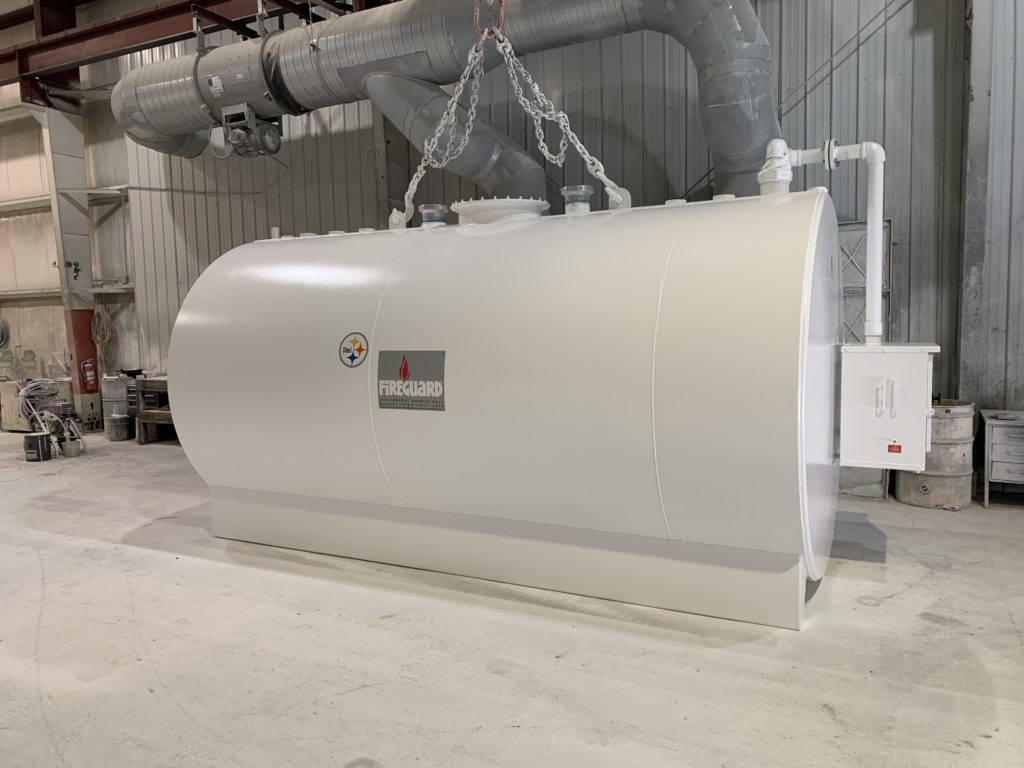
The only tank that meets all of these standards:
- UL 2085 Listed “Protected” tank
- Ballistics and impact protection per UL 2085
- Both the inner and outer steel tanks are built to UL standards
- National Fire Protection Association (NFPA) 30 & 30A
- International Fire Code (lFC)
- California Air Resources Board (CARB) Standing Loss Control testing requirements for air emissions
- Steel Tank lnstitute (STl) Standard F94Lfor Protected Aboveground Storage Tanks
Additional features:
- Capacities range up to 75,000 gallons
- Steel construction allows for recycling
- Low-cost compartments and customization
- Built to nationally-recognized STI standards with strict third-party quality control inspection program
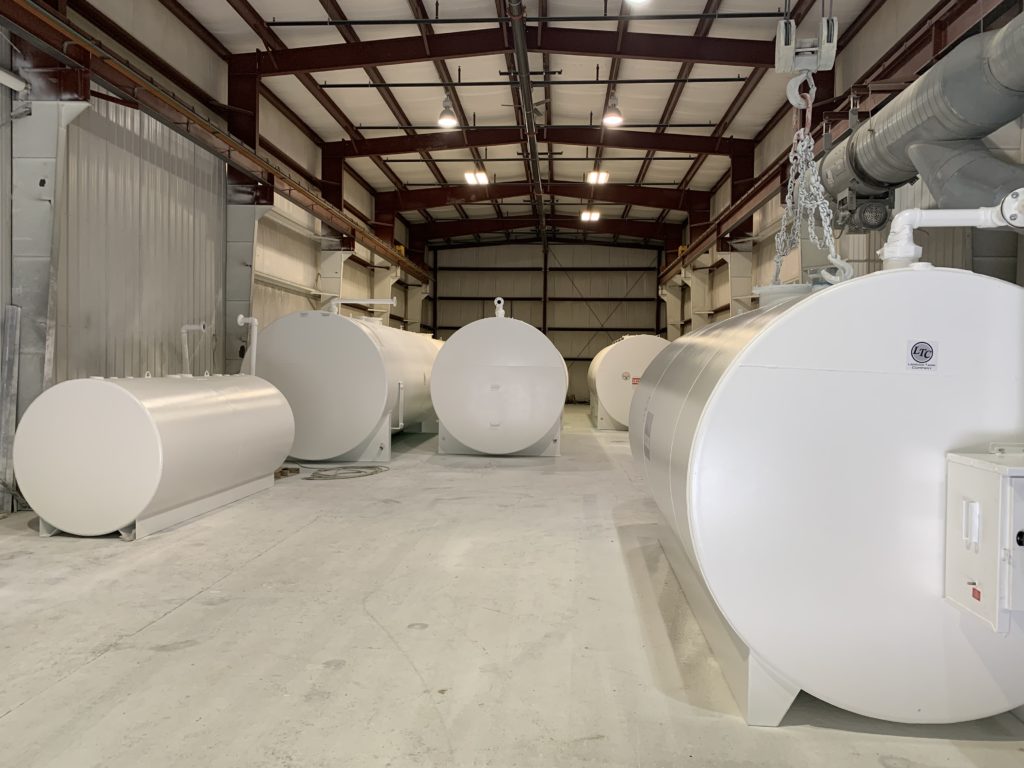
Is your aboveground tank everything it’s cracked up to be?
Fireguard® vs Concrete Encased
Fireguard®
- Secondary containment is testable on-site using standard, economical testing procedures
- lmpermeable, crack resistant steel outer tank which encloses the concrete-encased primary tank
- Steel secondary containment provides added strength, and security and is easily recycled
- The lightweight monolithic thermal insulation material Fireguard’ uses is a specialized concrete that is part of a patented process resulting in a lighter material weight than concrete alone
- The secondary containment on certain designs may require elaborate and expensive procedures to be tested on-site
- The exposed concrete outer wall is susceptible to cracking, spalling, and weathering – problems that are expensive to correct and are typically not covered by a warranty
- Polyethylene sheeting depends on concrete for strength and takes years to decompose
- An average L2,00O gallon concrete-encased tank weighs approximately 100,000 pounds – increasing costs in transporting and setting the tank in a new location
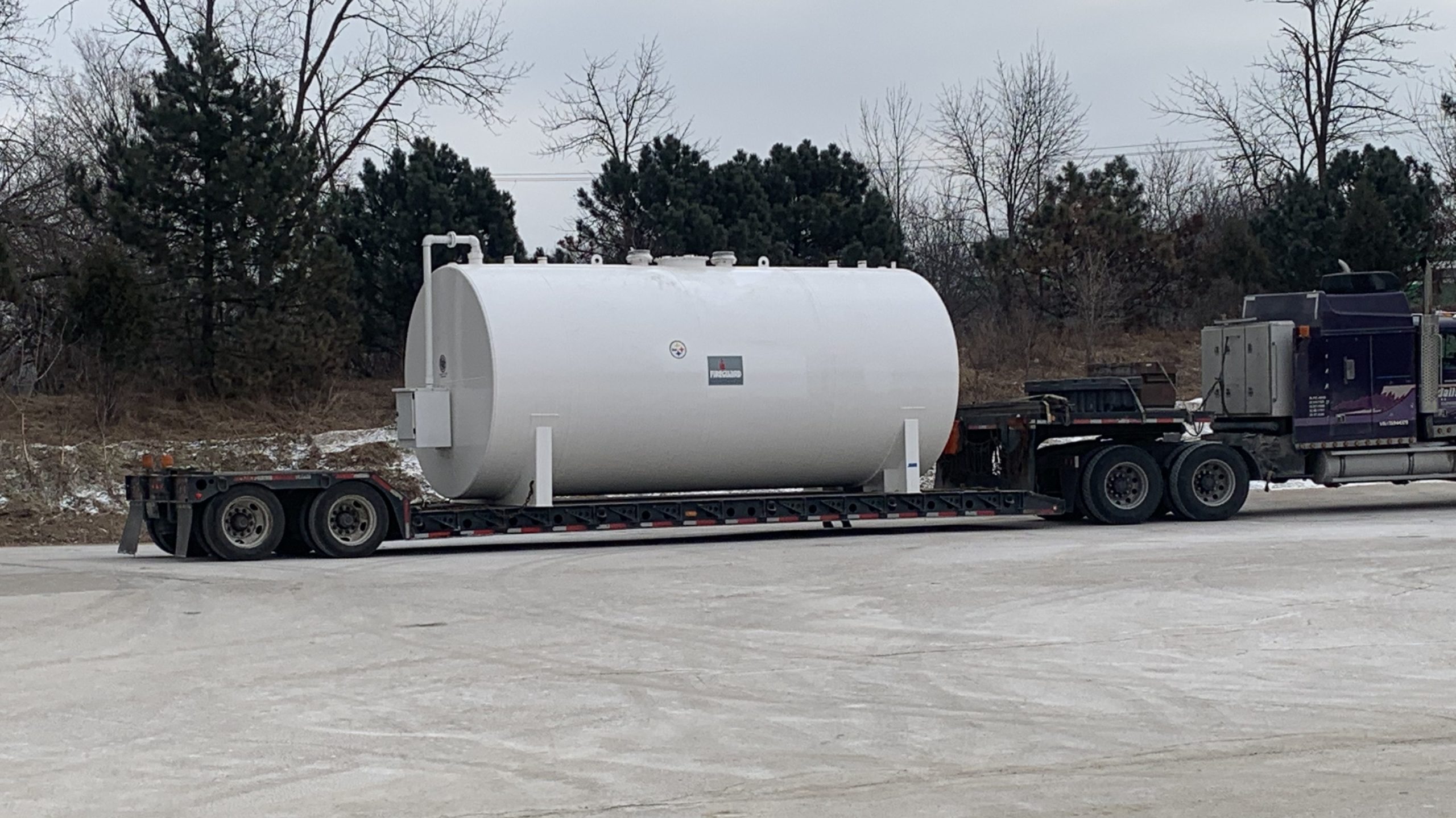
Get a project quote today!
We’ll put together a customized quote about your project and work with you to get started on your project.
Let’s build something together!

